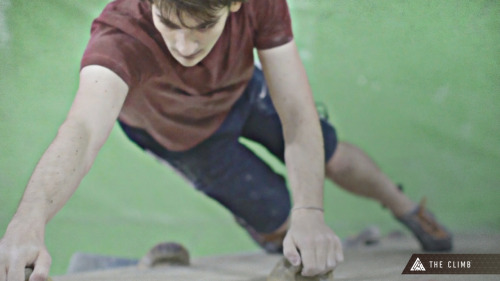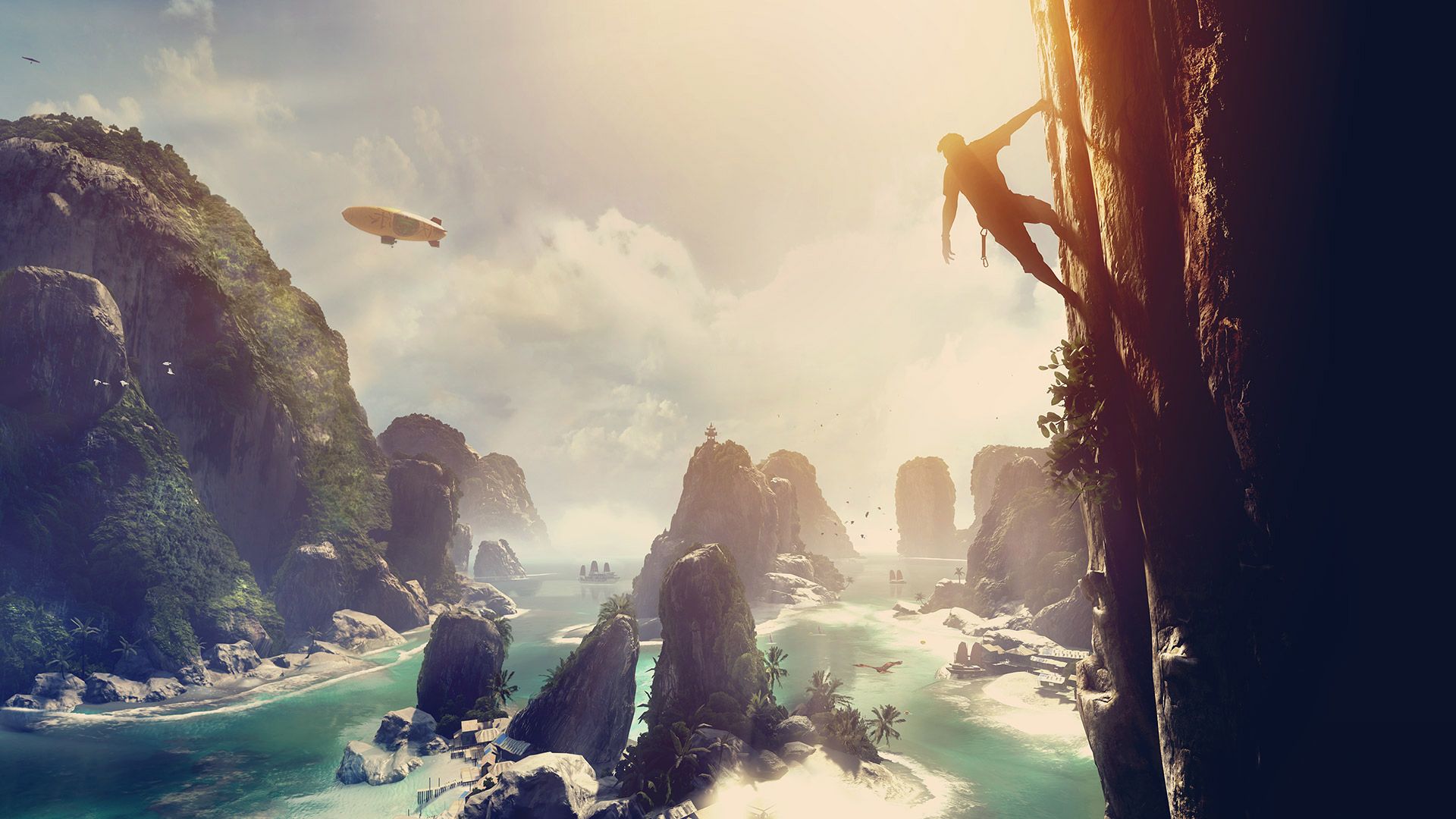
Putting Routes on Rocks
Putting Routes on Rocks – Part 1, Matthias Otto, Senior Level Designer, The Climb

I love climbing and every week we go indoor climbing in Frankfurt. I started to think about the way I climb – I look ahead at the surface, look where the grips are, and then I go from there. It came to mind that it would be a fun thing to try out in VR, and that it would be something we could quickly put together in CRYENGINE. So I discussed it at work and spent a couple of days putting together an initial concept. The team later came together to improve and polish it massively, but the concept just worked. That core thing where you just grip with your left hand, grip with your right hand, and look around with your head – three simple things to get up a surface – felt immediately great in VR. And that simple mechanic remains largely the same today as it was in that first prototype.
Of course, we’ve come a long, long way since then. My role is Senior Level Designer on The Climb, and it’s been great to be part of a team that is creating a full VR game with real depth and challenge. At first, the focus was more on system design than level design. In VR, it’s not easy to get movement right. For instance, using regular inputs like an analog stick which accelerates the player in a given direction can make people feel nauseous. We had to be careful and constantly test to address motion sickness. An idea you’re exploring might seem sound in theory, but when you implement it, it could turn out to be uncomfortable.
Even when you try something, and it doesn’t quite work, it’s still useful; it guides you and sparks new ideas. Once we had established what kind of movements would give a great experience and, crucially, would not give the player any kind of sickness, it helped steer us when it came to laying out routes on rocks.

For example, we found that while players can “fall” in the game, the sensation of players falling onto a surface – most obviously, the ground – was unsettling. So that fed into the level design. We now build the levels high up so that when you fall the screen fades to black before you ever “hit” a surface. You still get the feeling of falling, and it’s tense, and exciting. You get that rush of the drop, and you hear the sounds too, but if we just dropped you right onto a surface, it could make you feel quite sick. Our levels always begin high up and you never have a short drop beneath you, even if you’re climbing through a cave or a crack in the rock.
Another consideration was physiological stress. Although you are in control of the camera and can look anywhere, we find that you naturally look in the direction you’re climbing most of the time. If you were to only climb upward over an extended period, that could cause some discomfort. To prevent neck stress, our routes are designed with plenty of variety - you will climb upward, left, right, and even downward too. In addition to maintaining physical comfort, this also allows us to be more creative when it comes to designing our rock-surface layouts. We’ll talk more about designing our routes in the next blog.
It’s cool to be part of a team developing one of the first VR games people will play. The Climb has a simple game mechanic, competitive elements, looks beautiful, and it’s an experience no one has really had in VR before. Of course, I still climb indoors every week. It’s great to have a bit of competition with my friends, and it’s always fun to reach the top. I have to admit, I am still a little bit afraid of heights in real life, but in The Climb you can do things you would never attempt, even though you get that realistic sense of vertigo. It’s really satisfying to see how we’re harnessing some of those mechanics and feelings of real-life climbing and taking players to new places with it.



